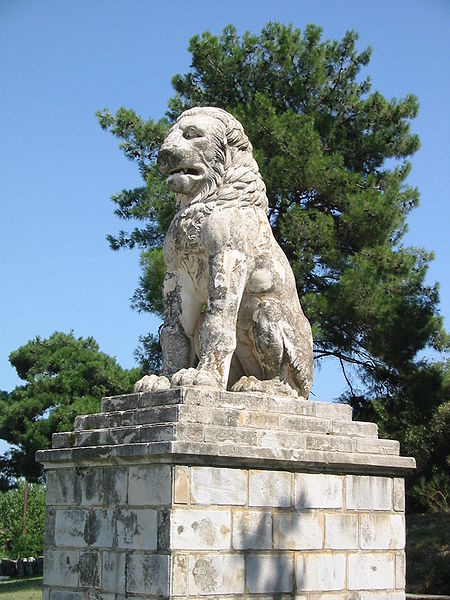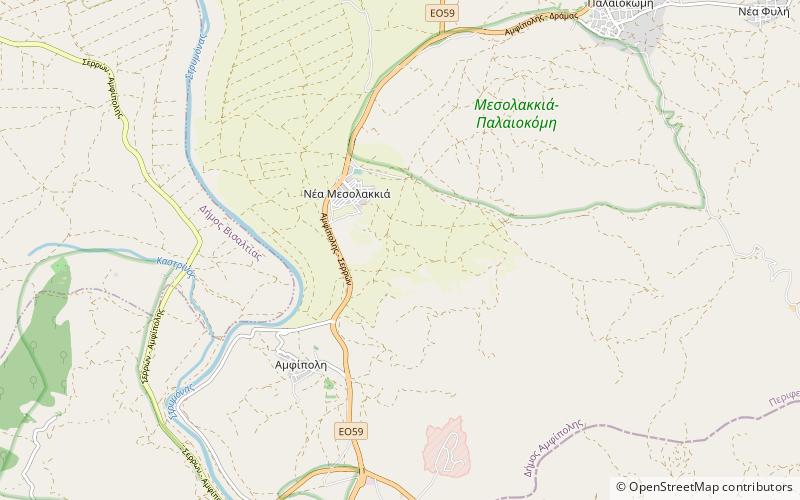Lion of Amphipolis


Facts and practical information
The Lion of Amphipolis stands as a majestic testament to the rich history of Greece, marking the place where it has stood for centuries. This imposing statue, situated near the banks of the Strymon River in northern Greece, is a significant archaeological find that continues to captivate both scholars and tourists alike.
Carved from marble, the Lion of Amphipolis is believed to date back to the 4th century BC. The monument is a powerful symbol of the past, towering at a height of approximately 5.3 meters (17 feet). It is thought to have been constructed in honor of Laomedon of Mytilene, a general who served under Alexander the Great, or as a funerary monument for one of Alexander's admirals.
The statue impresses with its artistry and size, projecting the skill and aesthetic sensibilities of the sculptors of the time. Although the site has suffered damage over the millennia, with parts of the statue having been scattered, restoration efforts have helped to preserve the lion's dignity and poise. The surrounding archaeological area provides further context for the monument, offering insights into the ancient world of Amphipolis.
Macedonia and Thrace
Lion of Amphipolis – popular in the area (distance from the attraction)
Nearby attractions include: Kasta Tomb, Museum of Amphipolis.


